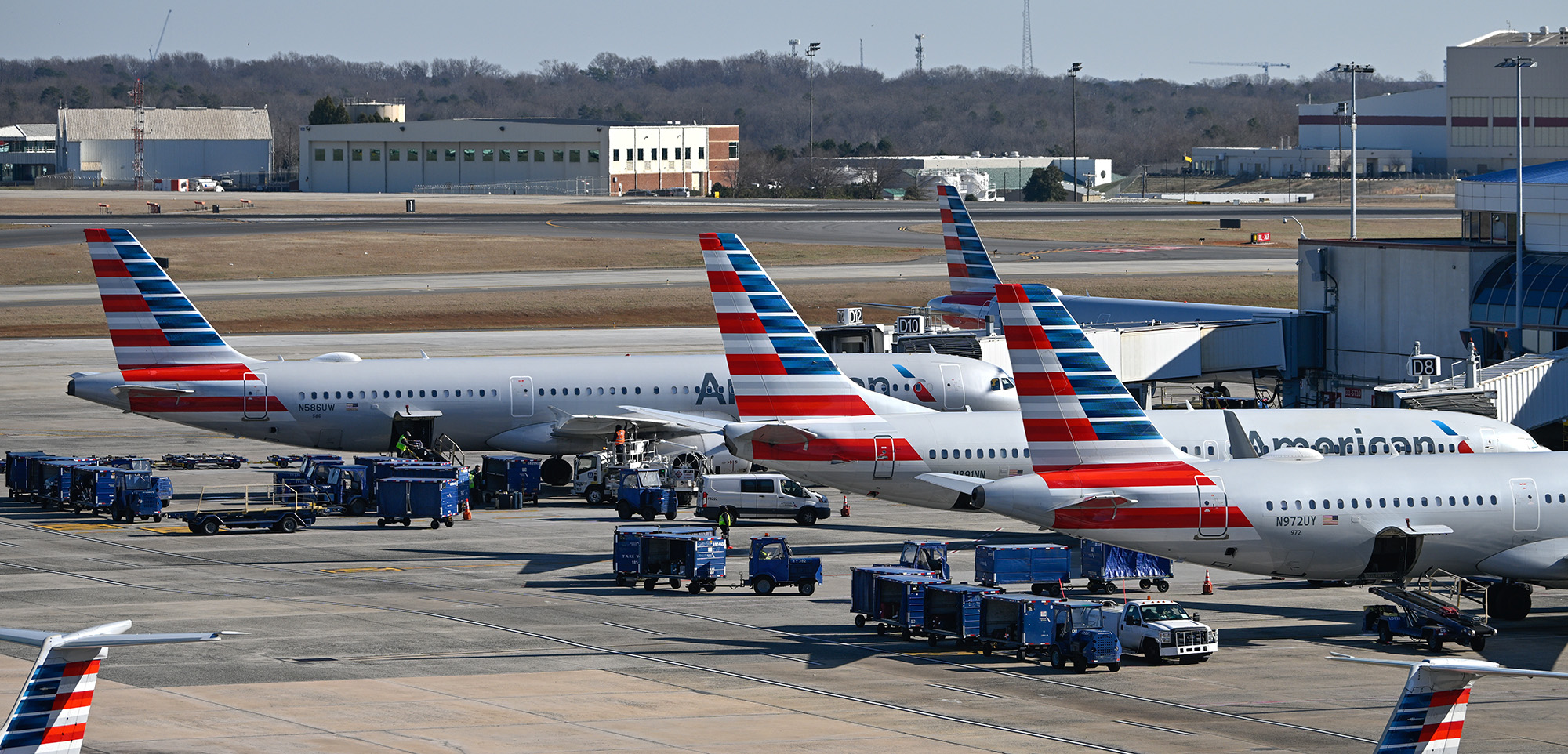In our increasingly globalized world, international airports play a crucial role in connecting countries and facilitating trade, tourism, and cultural exchange. Some countries stand out for their extensive networks of international airports, reflecting their significant role in global air travel. Here’s a look at the top 10 countries with the most international airports:
1. United States
Number of International Airports: 47
The United States boasts the highest number of international airports, a testament to its status as a major global travel hub. Cities like New York, Los Angeles, and Chicago are home to major international gateways, supporting a robust network that connects nearly every corner of the globe.
2. China
Number of International Airports: 38
China’s rapid economic growth and increasing global connectivity have driven the expansion of its international airport network. Major cities like Beijing, Shanghai, and Guangzhou serve as crucial nodes in international travel, reflecting China’s significant role in global trade and tourism.
3. Germany
Number of International Airports: 31
Germany, as Europe’s economic powerhouse, has a well-developed network of international airports. Frankfurt, Munich, and Berlin are prominent hubs that facilitate extensive connections across Europe and the world, reinforcing Germany’s central position in global travel.
4. United Kingdom
Number of International Airports: 28
The United Kingdom’s international airport network includes major hubs like London Heathrow, Gatwick, and Manchester. The UK’s strategic location and global financial importance make its airports key players in international travel and commerce.
5. France
Number of International Airports: 24
France’s international airports are pivotal in connecting Europe with destinations worldwide. Paris Charles de Gaulle and Nice Côte d’Azur are notable examples of French airports that cater to a high volume of international travelers, supporting France’s strong tourism industry.

6. Japan
Number of International Airports: 20
Japan’s international airport network is extensive, reflecting its economic significance and tourism appeal. Tokyo Narita, Haneda, and Osaka Kansai are major gateways that facilitate connections between Japan and other major global destinations.
7. Canada
Number of International Airports: 19
Canada’s vast geography and economic ties with the United States and beyond are supported by its network of international airports. Toronto Pearson, Vancouver International, and Montreal-Trudeau are key hubs that serve both North American and international travelers.
8. Brazil
Number of International Airports: 17
As the largest country in South America, Brazil’s international airports play a crucial role in connecting the continent to the rest of the world. São Paulo, Rio de Janeiro, and Brasília serve as major gateways for international travelers heading to and from Brazil.
9. South Korea
Number of International Airports: 15
South Korea’s international airports are vital for its economic and cultural exchanges with the world. Seoul Incheon and Gimpo are prominent hubs that facilitate connections throughout Asia and beyond, reflecting South Korea’s growing global presence.
10. Turkey
Number of International Airports: 13
Turkey’s strategic location bridging Europe and Asia is supported by its network of international airports. Istanbul Airport, in particular, is a major global hub, underscoring Turkey’s role as a key player in international air travel.





